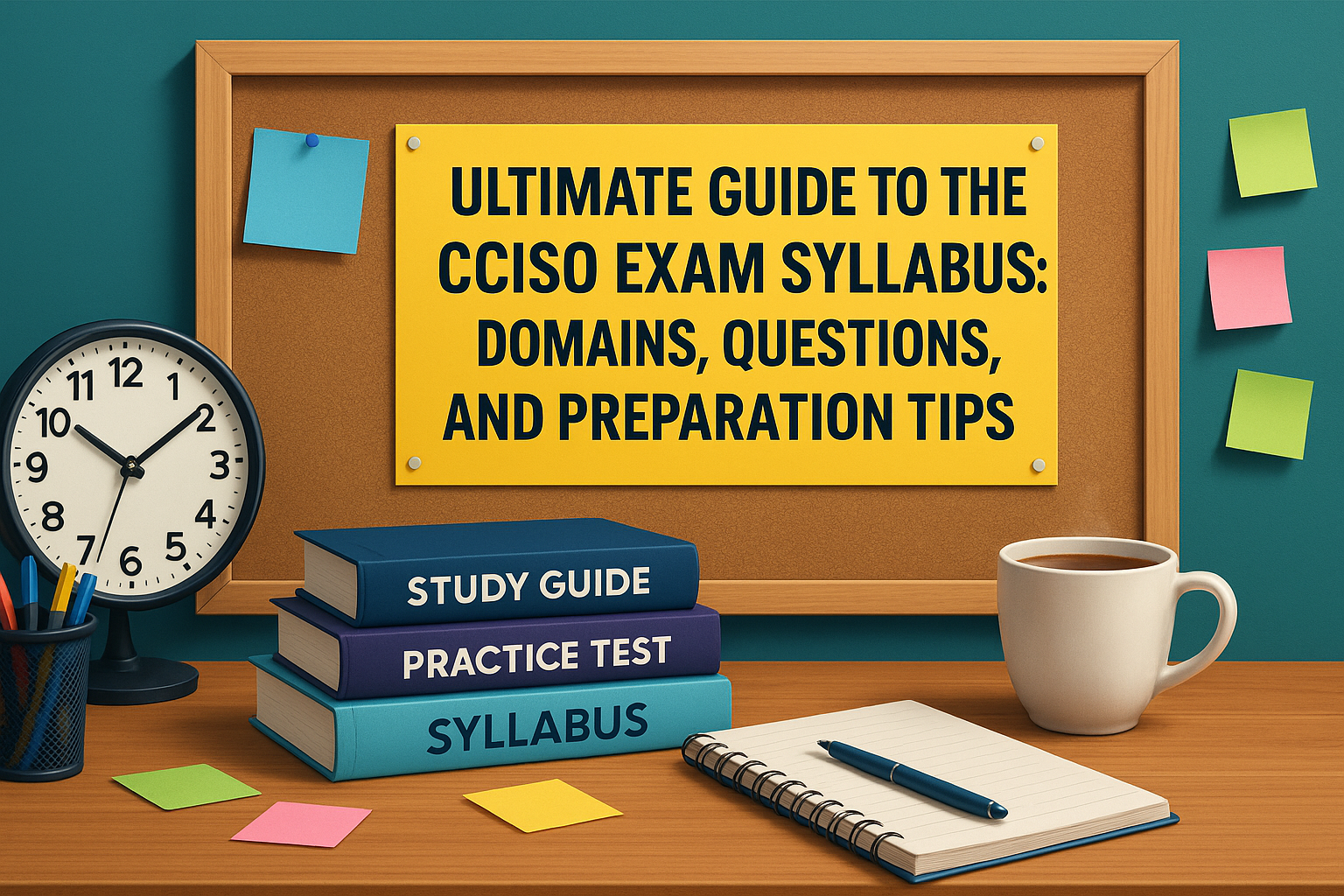
The Certified Chief Information Security Officer (CCISO) exam is a prestigious certification designed for senior information security executives who aim to demonstrate their expertise in managing and leading enterprise security programs. Unlike many technical certifications, the CCISO certification emphasizes executive-level competencies in governance, risk management, and strategic planning, making it an essential credential for professionals aspiring to climb the cybersecurity leadership ladder.
Unlock your path to executive cybersecurity leadership with this expert guide to cracking the CCISO 712-50 exam.
Administered by EC-Council under the exam code 712-50, the CCISO exam tests a candidate’s knowledge across multiple critical domains that reflect real-world CISO responsibilities. This article offers a deep dive into the CCISO exam syllabus, breaking down each domain to help candidates, career changers, experienced practitioners, employers, and job seekers understand exactly what to expect and how to prepare.
Overview of the CCISO Exam Structure
Understanding the structure of the CCISO exam is crucial for effective preparation. The exam is a 150-minute test consisting of 150 multiple-choice questions. Candidates must score between 60-85% to pass, depending on exam difficulty and EC-Council grading criteria. The exam price is set at $999 (USD).
The exam is organized into five comprehensive domains:
Governance and Risk Management
Information Security Controls, Compliance, and Audit Management
Security Program Management and Operations
Information Security Core Competencies
Strategic Planning, Finance, Procurement, and Third-Party Management
Each domain reflects critical skill sets required for a Chief Information Security Officer and is weighted differently within the exam.
For Complete Breakdown of CCISO Exam, visit the Edusum's CCISO exam syllabus Page
Domain 1: Governance and Risk Management
This foundational domain is critical as it establishes the strategic framework for enterprise security. Candidates are tested on:
Developing and implementing information security governance frameworks aligned with organizational objectives.
Risk management methodologies, including risk identification, assessment, and mitigation.
Regulatory and legal compliance issues.
Security policies and standards creation.
Incident response planning and management.
Mastering governance and risk management ensures that a CISO can influence board-level decisions and enforce security protocols effectively.
Domain 2: Information Security Controls, Compliance, and Audit Management
This domain covers the design and management of security controls to safeguard organizational assets. Areas assessed include:
Implementation and management of technical, administrative, and physical controls.
Understanding of compliance standards and audit requirements.
Conducting internal and external audits.
Evaluating security control effectiveness and remediation processes.
Managing audit findings and compliance documentation.
A robust understanding of this domain enables CISOs to ensure ongoing compliance with regulations and to prepare their organizations for audit success.
Domain 3: Security Program Management and Operations
Focuses on the operational aspects of managing an information security program, including:
Developing and managing security operations centers (SOCs).
Managing incident detection and response.
Security architecture and infrastructure oversight.
Vendor and third-party management.
Workforce development and security awareness training.
Candidates must demonstrate their ability to run efficient, effective security operations that adapt to evolving threats and technologies.
Domain 4: Information Security Core Competencies
This domain tests deep technical and leadership competencies necessary for CISOs, such as:
Cybersecurity technologies and tools.
Network, application, and endpoint security.
Identity and access management.
Incident management and forensics.
Leadership skills including communication, negotiation, and influencing.
This domain bridges the gap between technical proficiency and executive leadership, critical for the dynamic demands of a CISO.
Domain 5: Strategic Planning and Finance
The final domain emphasizes the business acumen required to justify and manage security investments, covering:
Budgeting, financial management, and cost-benefit analysis.
Strategic planning and alignment of security initiatives with business goals.
Procurement processes and vendor negotiations.
Metrics, reporting, and key performance indicators (KPIs).
Board and executive-level communication.
Understanding these topics empowers candidates to position security as a strategic enabler rather than just a cost center.
Key Skills Tested in the CCISO Exam
Executive-level governance and risk management
Security program leadership and operational management
Technical acumen paired with business strategy
Compliance mastery and audit readiness
Financial and vendor management skills
These competencies demonstrate that the CCISO certification is not just about technical know-how but also about strategic vision and leadership prowess.
Preparation Tips for Each Domain
✔ Governance and Risk Management:
Focus on studying frameworks like NIST and ISO. Understand compliance laws and risk management principles. Use case studies to relate theory to practice.
✔ Information Security Controls and Audit Management:
Practice mapping controls to compliance standards. Review audit lifecycle processes and common findings.
✔ Security Program Management:
Gain familiarity with SOC operations, incident response procedures, and vendor risk management.
✔ Information Security Core Competencies:
Brush up on cybersecurity tools and concepts. Work on leadership and communication skills through role-playing scenarios.
✔ Strategic Planning and Finance:
Learn budgeting techniques, financial terms, and effective ways to communicate security value to executives.
Leverage official CCISO exam study guides and practice exams to simulate real exam conditions.
Importance of Understanding the CCISO Syllabus
A thorough understanding of the CCISO syllabus is paramount. It helps candidates:
Prioritize study topics effectively.
Align their preparation with exam weightings.
Identify personal strengths and weaknesses.
Reduce exam anxiety by knowing what to expect.
This preparation not only increases the likelihood of passing but also instills confidence for leadership roles after certification.
Conclusion: Your Next Steps Toward Certification
The CCISO exam represents a pivotal step for information security professionals aiming to become influential CISOs. By mastering the five domains—Governance and Risk Management, Security Controls, Program Operations, Core Competencies, and Strategic Planning—you demonstrate that you possess both the technical expertise and the executive leadership skills demanded by today’s complex cybersecurity landscape.
Prepare confidently with CCISO exam practice questions and study guides that mirror the exam environment.
Remember, certification is not just a test—it’s a career investment. With dedication and the right resources, you can pass the CCISO exam and secure your place among the world’s top cybersecurity leaders.

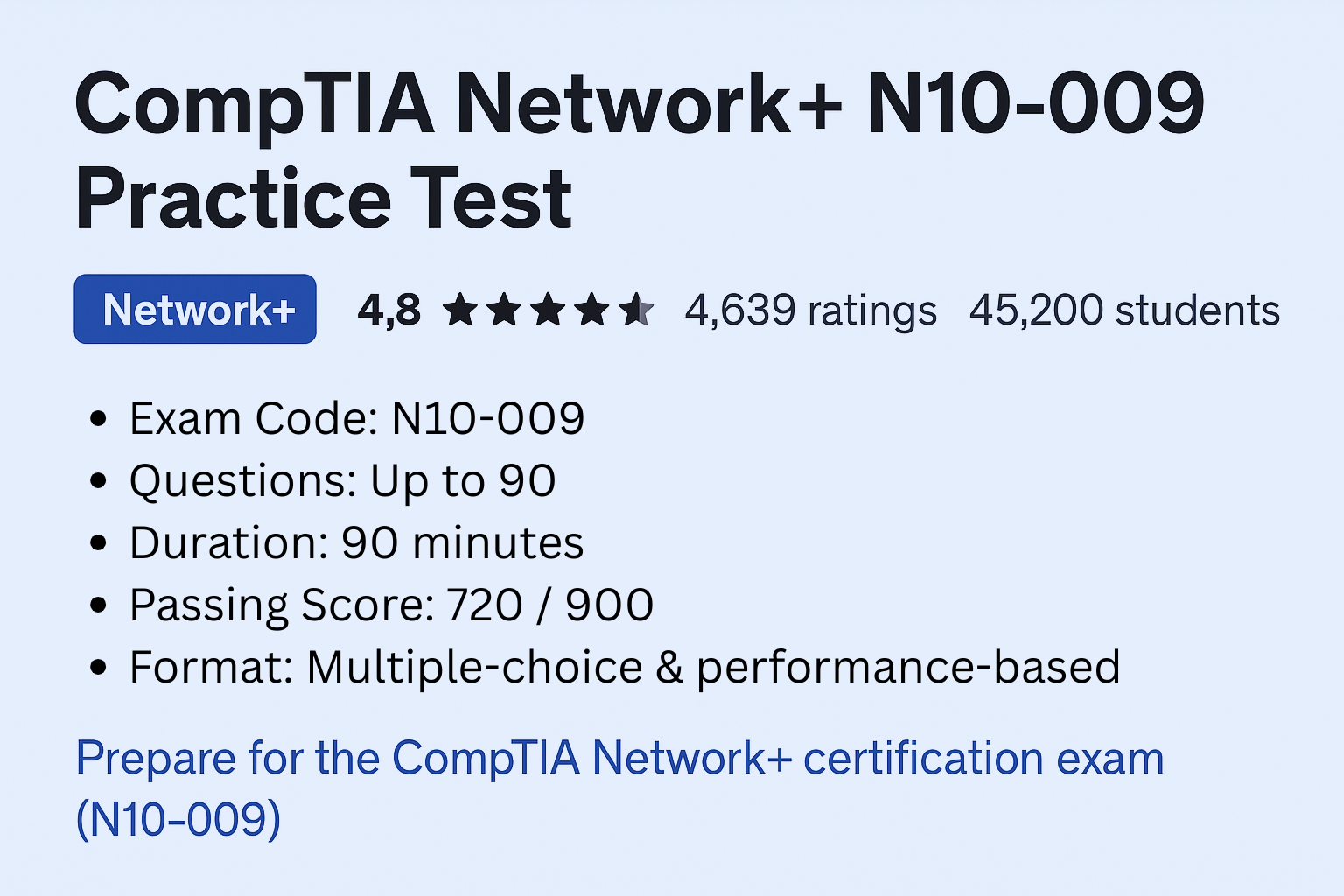

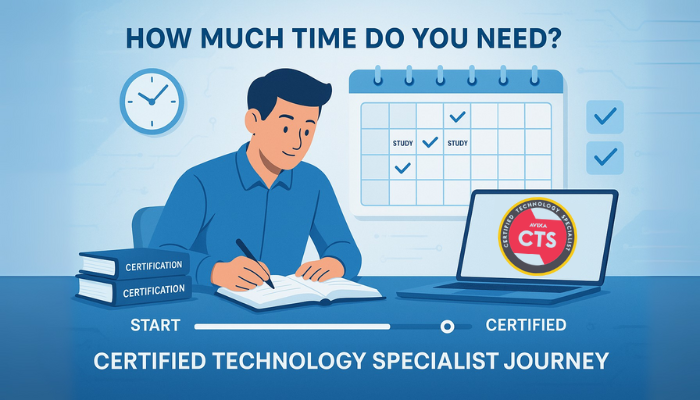

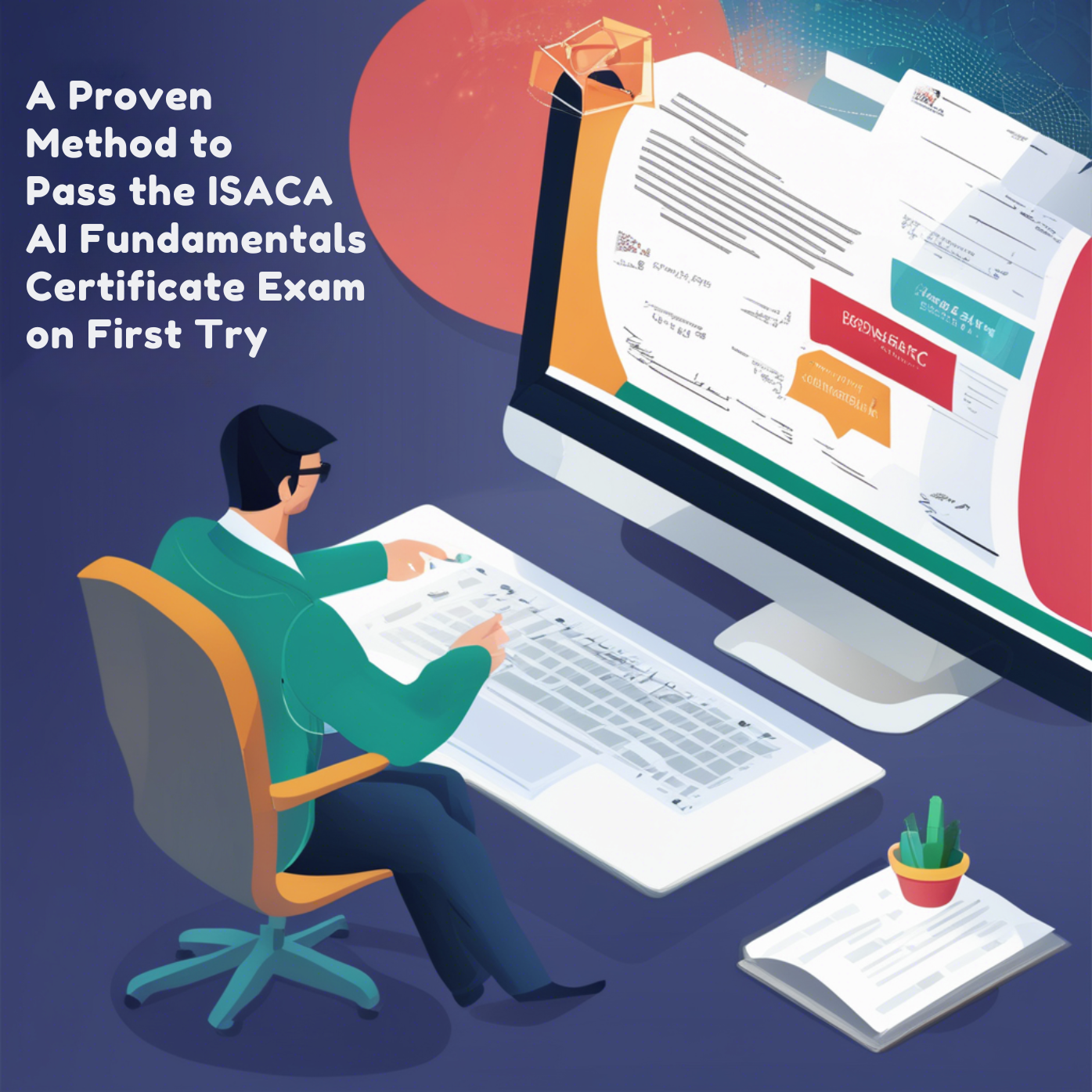
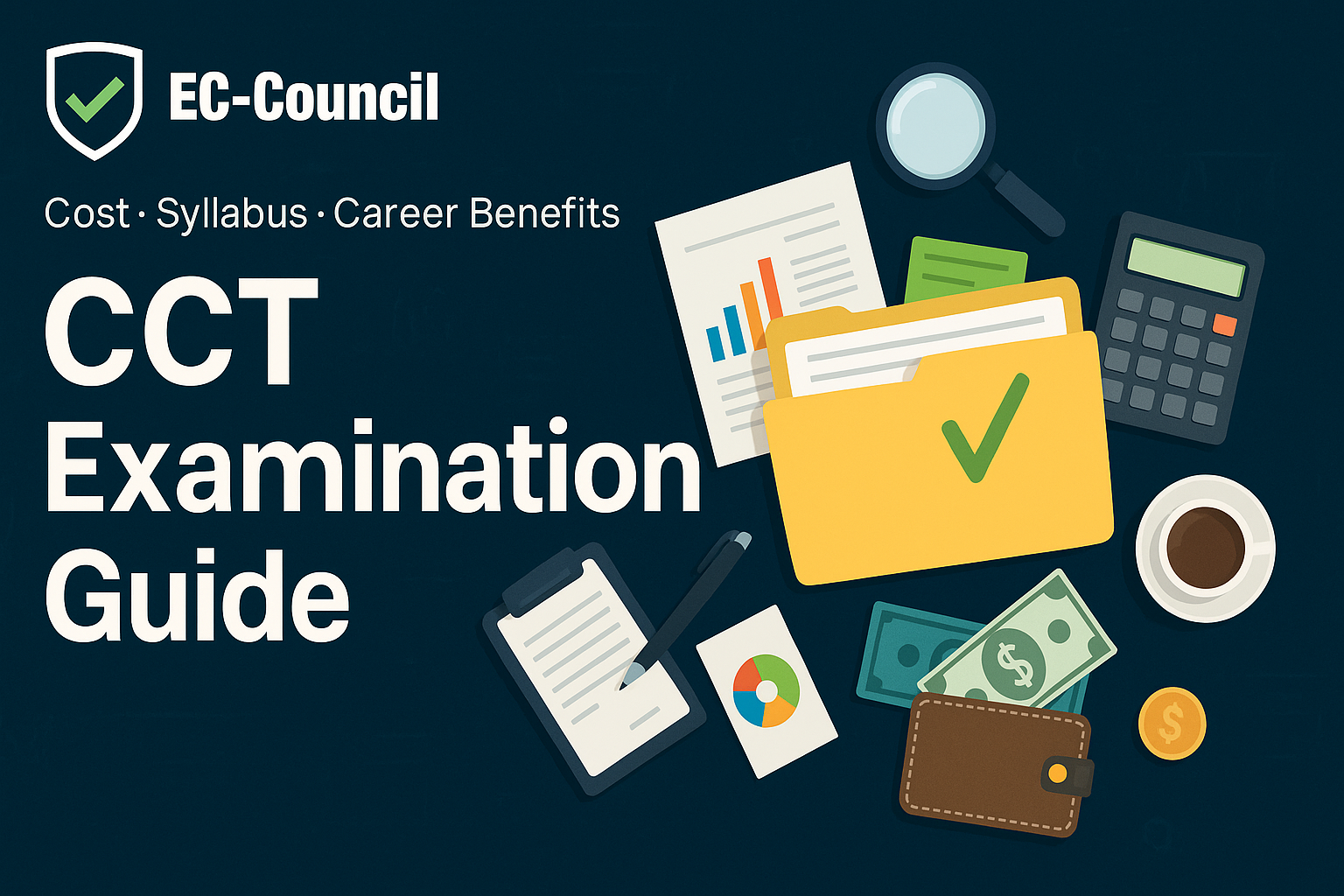
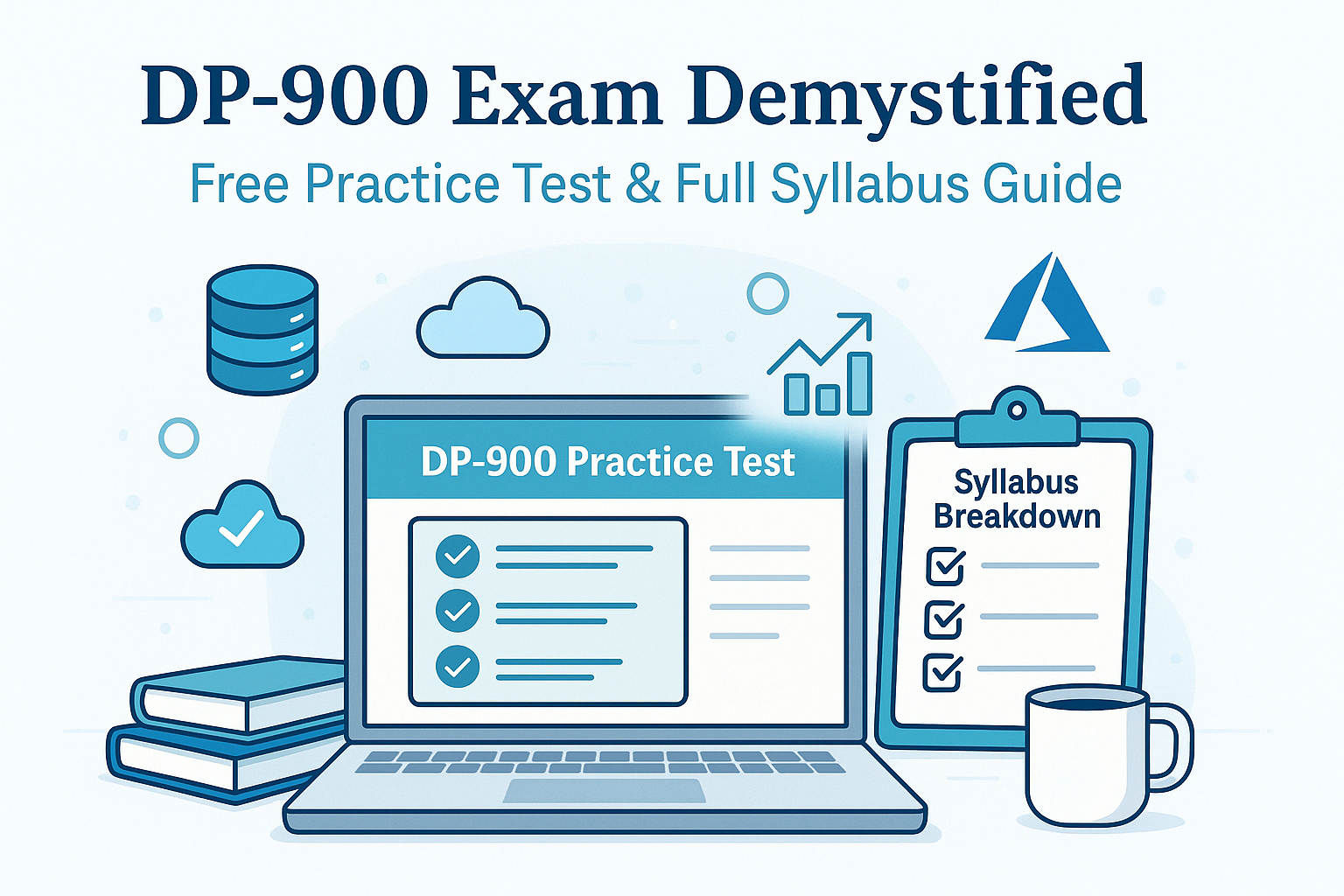
Write a comment ...